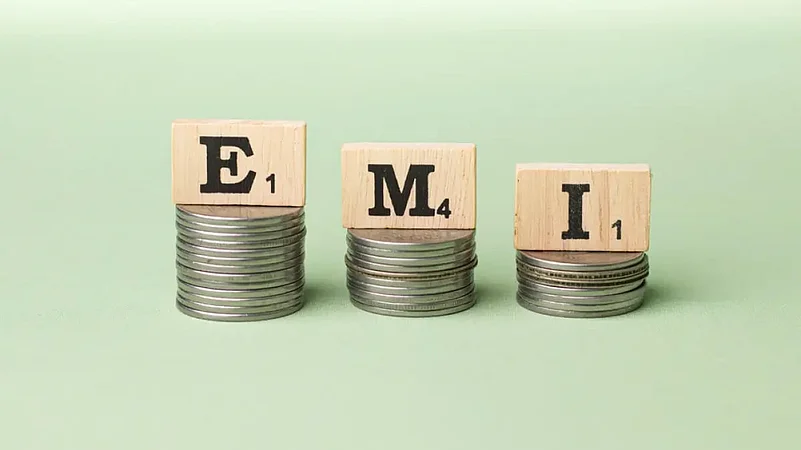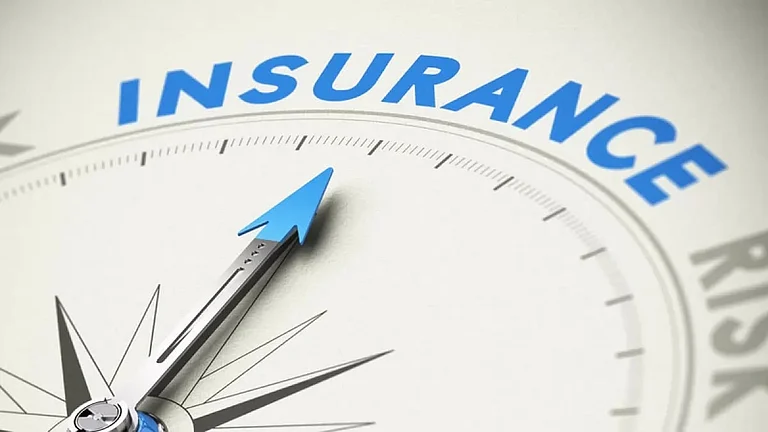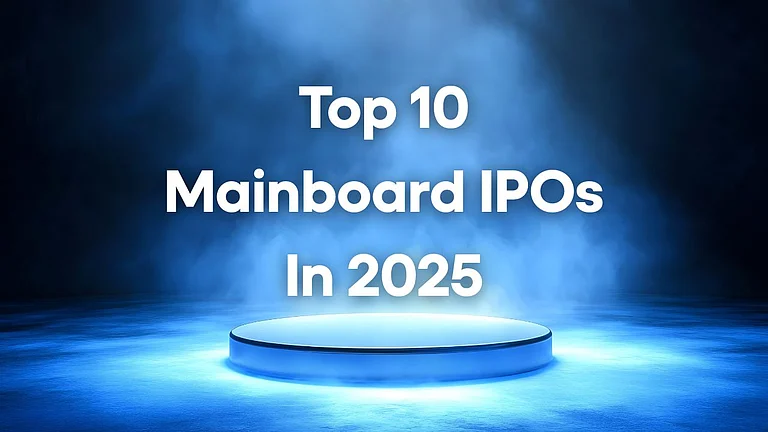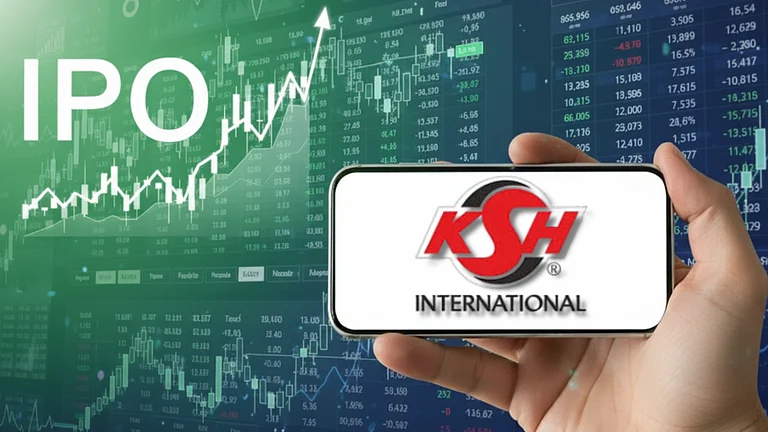An iPhone Pro Max costs Rs 1.6 lakh which is out of the reach of many. But wait, broken into 12 no-cost EMIs it is around Rs 13,333 every month. And that seems quite a reasonable amount. Plus it is not a bad idea as one does not need to pay any extra money as interest. And for only Rs 13,333 a month the latest iPhone seems a great deal!
This is exactly the feeling, no-cost EMI is meant to generate and lure customers into buying a product that they either cannot afford or worse can afford to pay upfront but would rather opt for a no-cost EMI because it seems lucrative.
How No-Cost EMI Work
No-cost EMI enables consumers to buy products on installments instead of making the entire payment up-front. In this case, the consumers are not charged an additional interest for making the payment in installments.
“However, there is no waiving off of the interest in case of a no-cost EMI. The annualised rate of interest is borne by the manufacturers or merchant instead of the customer. This becomes an additional discount for the customer,” explains Adhil Shetty, CEO, BankBazaar.
No-cost EMIs are offered both at stores when buying electronic items and also at online portals, especially on credit cards. In case of a credit card, the EMI is added to the credit card bill every month when the EMI starts.
Say you are buying a refrigerator worth Rs 50,000. Under a six-months EMI plan at an interest rate of 12 per cent, your interest will come to Rs 3,000. In case of a no-cost EMI, this interest is charged by your bank but the merchant provides it to you as an upfront discount at the time of your purchase, effectively making it a no-cost EMI.
What Is No-Cost EMI?
Is a no-cost EMI really no-cost?
Depending on the lender, there may be some hidden costs involved in the zero cost EMI plans. Processing fee is one of the most common fees that is charged by the lender on a zero cost EMI plan.
“Apart from the processing fee, there could be other charges included like delay penalty, convenience charges, at times a mandatory insurance or protection plan might also be included apart from the GST charges on the processing fees and the EMI amount. Also, one might not be able to avail other existing discounts on the product when going for a no-cost EMI,” says Rajiv Das, CEO, iLoans at LoanTap.
The Real Trouble Starts If You Miss Your EMI Payments
In essence, even with some charges like the processing fee and so on, a no-cost EMI is not necessarily a bad thing.
The real problem arises if one is lured under a no-cost EMI to buy something one cannot afford, and later missing EMI payments.
Not paying EMIs on time can have a serious impact on one's credit score. “Payment history is a key factor in credit assessments, and late or missed payments lead to a lower credit score, making it harder to secure favourable loan terms in the future,” says Shetty.
Additionally, late fees and increased interest rates accrue, contributing to a growing debt burden. Repeated or reoccurring late payments may culminate in legal actions by the lenders, further exacerbating financial difficulties. “This cycle can trap individuals in a debt spiral, making it essential to prioritise timely EMI payments to maintain financial health and creditworthiness,” says Shetty.
“While EMIs provide an easy and convenient way to purchase products, one should be aware of all the implications in case of missed or late payment,” says Das.
To draw an analogy, a no-cost EMI is like free booze. It is tempting and a glass here or a glass there will not be harmful, but if you overdo it, there might be a problem. And driving after drinking can lead to serious consequences.














